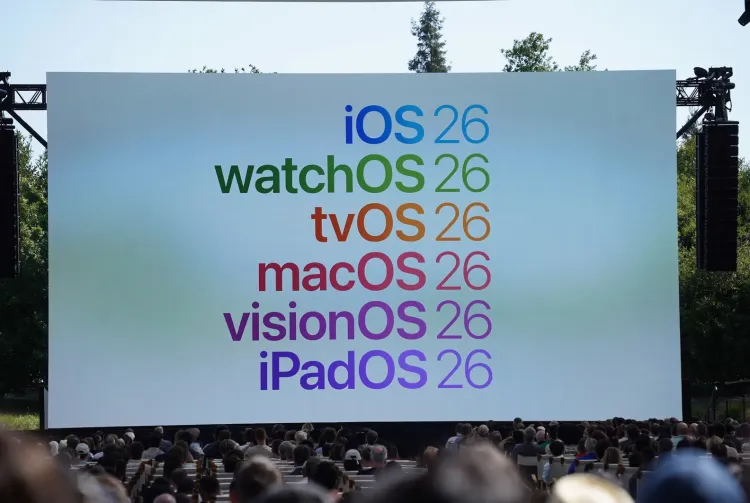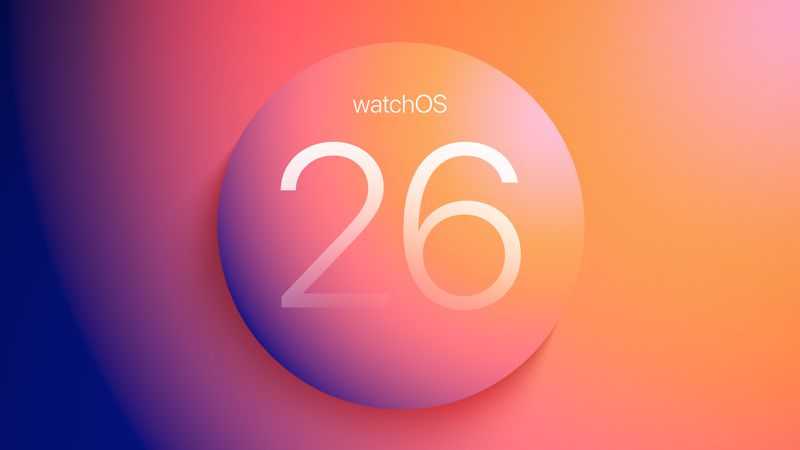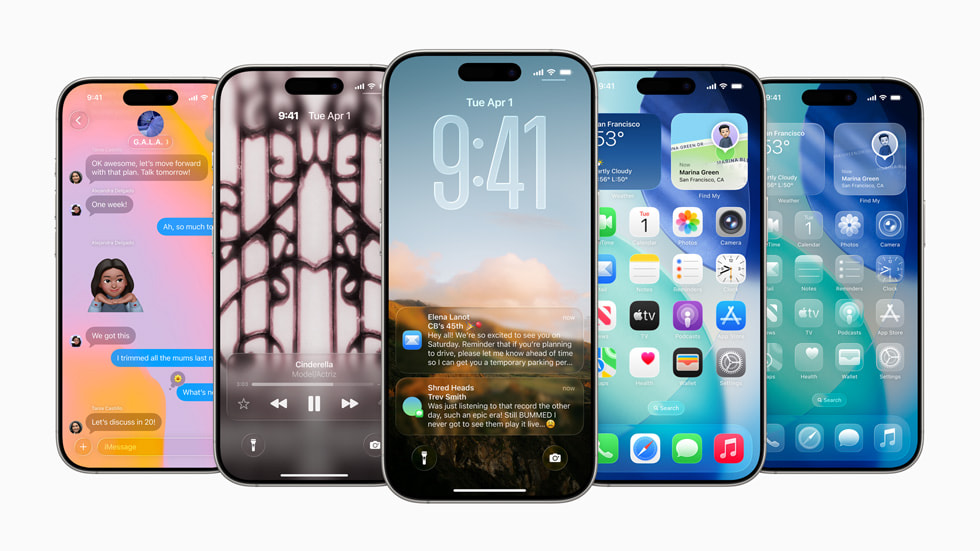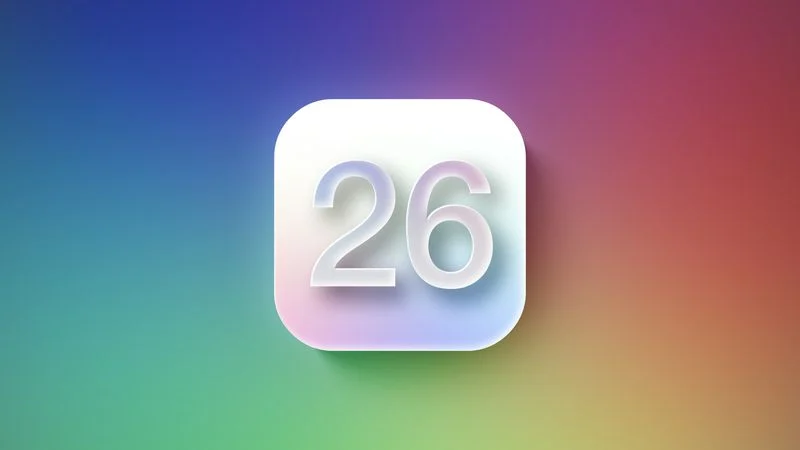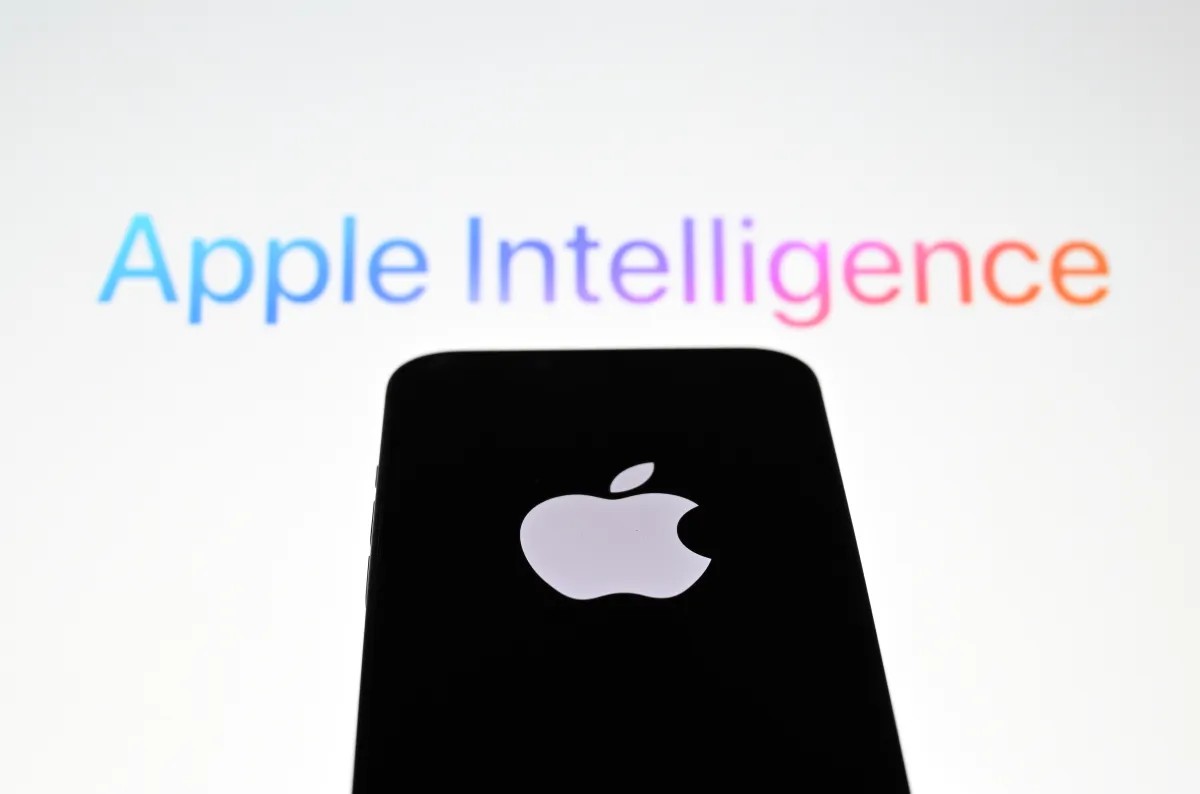Apple is making it simpler to enjoy music and control audio on your devices with new features coming in tvOS 18 and iOS 18.
Karaoke with your iphone as a mic
With tvOS 18, you can now use your iPhone as a wireless microphone for Apple Music Sing on Apple TV. This means you don’t need to buy a separate microphone—just pick up your iPhone, connect it to your Apple TV, and start singing. The lyrics show up on your TV, and you can even see your vocals in real time. This makes karaoke nights at home much easier and more fun for everyone.
Better control over audio switching
iOS 18 brings a helpful change for people who use AirPods or other wireless headphones. Before, your audio could suddenly switch from your iPhone to another Apple device without warning, which was annoying for many users. Now, Apple is adding a new setting that lets you control when your audio switches between devices. You can choose to keep the audio on your iPhone or allow it to move to another device only when you want it to. This gives you more control and stops unwanted interruptions.
With these updates, Apple is making it easier to enjoy music and manage your audio, whether you’re singing along with friends or just listening on your own.
